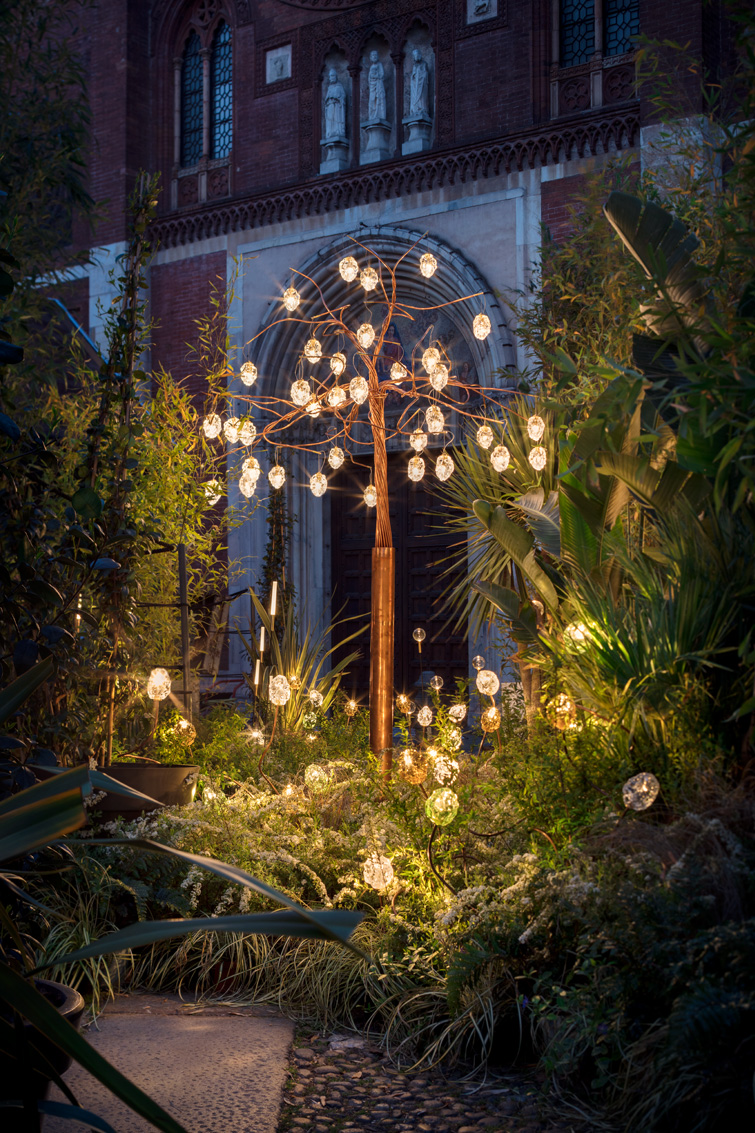badvantages of led lights

LED (Light Emitting Diode) lights offer quite a few advantages compared to conventional lighting applied sciences like incandescent and fluorescent bulbs. These advantages have made LEDs increasingly in style in varied purposes. Here are a few of the key advantages of LED lights:
Energy Efficiency:
LEDs are highly energy-efficient, converting a good portion of electrical power into gentle somewhat than warmth. This ends in lower energy consumption and decreased electrical energy payments.
Longevity:
LED lights have an exceptionally lengthy lifespan, usually lasting 25,000 to 50,000 hours or extra. This longevity reduces the need for frequent replacements, saving each money and time.
Durability:
LEDs are solid-state lighting gadgets, making them highly proof against shock, vibrations, and external impacts. They are much less fragile than conventional bulbs, which can easily break.
Instant Lighting:
LEDs present instant illumination when turned on, with no warm-up time required. This is especially necessary in applications the place instant full brightness is required.
Cooler Operation:
LEDs emit very little warmth in comparison with incandescent and halogen bulbs. This makes them safer to the touch and reduces the chance of burns or fireplace hazards.
Dimmability:
Many LED fixtures and bulbs are dimmable, allowing users to adjust the brightness to create the desired ambiance and save additional energy when full brightness isn't needed.
Directional Lighting:
LEDs emit gentle in a selected path, making them extremely efficient for centered lighting functions. click here reduces mild wastage and allows for exact illumination.
Color Temperature Options:
LEDs can be found in varied shade temperatures, allowing customers to pick lighting that suits their preferences and wishes. Common options embody warm white, cool white, and daylight white.
High Color Rendering Index (CRI):
LEDs can obtain high CRI values, which suggests they accurately render colours compared to natural daylight. This is essential for applications where color accuracy is crucial, corresponding to in art galleries and retail settings.
Low UV Emissions:
LEDs emit minimal ultraviolet (UV) and infrared (IR) radiation, reducing the danger of injury to delicate supplies and artwork.
Environmental Benefits:
LED lighting contributes to vitality conservation and lowered greenhouse gas emissions due to its low energy consumption and long lifespan. It also accommodates no hazardous materials like mercury, which is found in another kinds of lighting.
Instantaneous Control:
LEDs can be turned on and off regularly with out affecting their lifespan or performance. This makes them best for applications the place speedy switching is required.
Smart Lighting Integration:
Many LED lighting techniques can be built-in into good residence or constructing automation techniques. This allows for remote control, scheduling, and customization of lighting to satisfy particular needs and preferences.
Cost Savings:
While LED lighting fixtures and bulbs could have a better initial cost compared to traditional lighting, the long-term power financial savings and decreased upkeep expenses often make LEDs an economical selection over time.

Versatility:
LEDs are used in a broad range of functions, from residential and industrial lighting to automotive lighting, road lighting, shows, and extra.
These benefits make LED lighting a practical and sustainable selection for quite a lot of lighting wants, both indoors and outside. The continued development of LED technology is predicted to additional improve efficiency, shade quality, and flexibility, expanding the vary of purposes for LEDs in the future..
